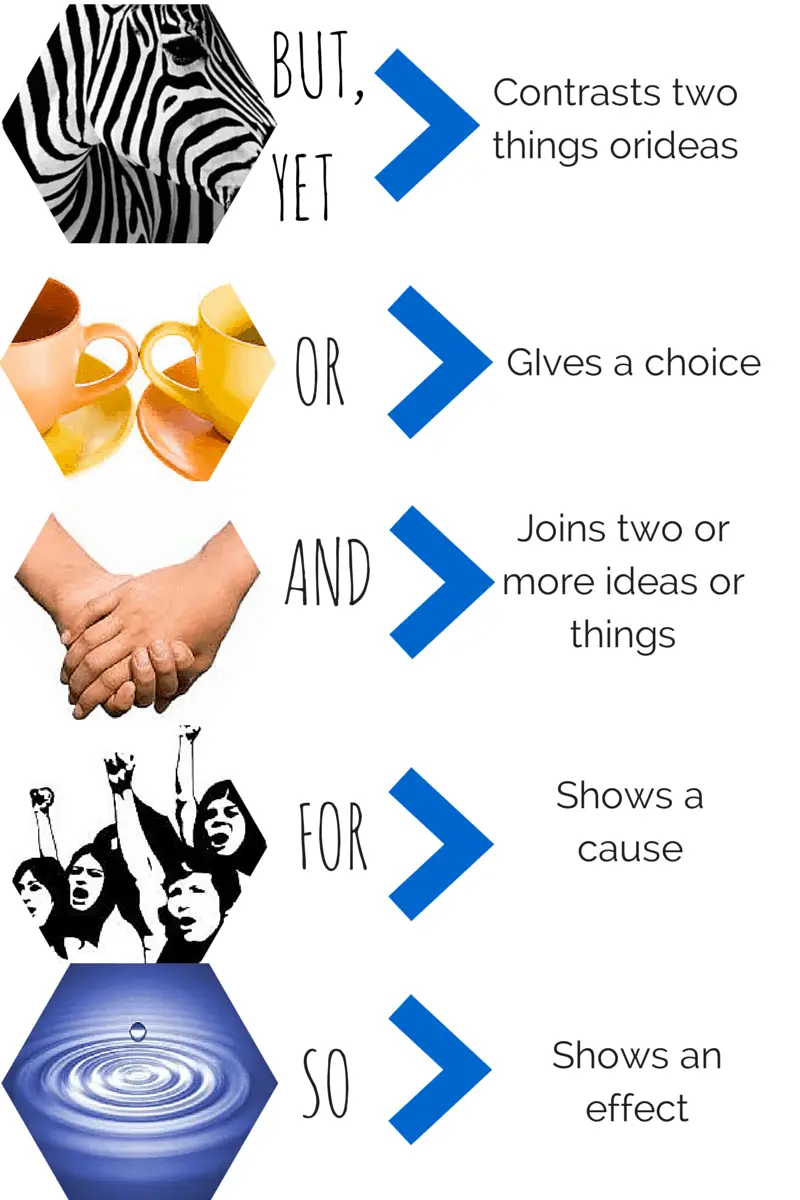Making Conclusions: Lesson Four
Part One: Example Questions
Here are some examples of what these types of questions might look like on the GED exam.
- What conclusion can you draw about the author’s attitude?
- The writer is:
- Based on what you have read, what can you conclude will happen next?
Part Two: Understanding How to Make Conclusions
In real life, we make all kinds of conclusions without even knowing it. When we draw conclusions, we are simply forming an opinion or solution as a result of the information we have been given.
Let’s look at some real life examples to get a better idea of what “making conclusions” actually entails.
–> Evening news stations are consumed by horrific news stories. If you are watching a news clip on TV about a murder, chances are you will immediately conclude whether or not the people involved are innocent or guilty.
–> When you meet someone for the first time, you instantly conclude whether or not you like them, based on how they present themselves.
–> If you see a doctor while you are sick, that doctor will make a diagnosis, or conclusion, about what illness you have.
In each situation above, all you have done is taken different pieces of information and put them together to figure out something new. Pretty simple, right?
””> Well, this is the same thing you should do when you draw conclusions during the GED Reading Exam. To make a conclusion from a text passage, you simply take all of the pieces of information, or clues, that the author has given you, and you put them together to form an opinion or solution.
Part Three: Practice Questions
1. Think of a conclusion that you or someone you know has recently made.
Make a list of four pieces of information or clues employed to make the conclusion.
Read the except below, then answer questions 2 through 4.
When I arrived at the station, I was overcome by the noise. The train exited abruptly behind me, leaving a cloud of smoke to sit beside me in the heavy heat. (3) A family with mocha hair and thrilled smiles embraced one another: arms entangled like the spaghetti they would have for dinner later tonight. A man with a dog read the station time. (5)His dog, panted in short breaths, puff, puff, puff, a locomotive releasing steam to travel. Even animals were keenly aware of the rising temperatures of the season. I felt comforted by his natural instincts.
Despite the heat, people stood closely to one another as they waited for the train. Watching them from my bench, I felt relief that my train travels had ended for now. (10)They were sardines in a can, and I was happy to be admiring distance. I tried to acquaint myself with the culture around me. I had been planning my trip to Rome for three years, and now that I was here, I more than excited by my dream. I pulled my travel book from the front pouch of my hiking bag. I ruffled through some pages, then placed it back in my bag. It was too hot to make a decision, so I stood and began down the street. According to the map I had consulted on the train, my hostel was only three blocks from the station. I read a street sign, named after a historical figure, and walked down the street. My adventure was finally beginning and I was ready for what was to come.
2. What conclusions can we draw at the author’s character?
A. He is fearful and timid.
B. He is adventurous and outgoing.
C. He is selfish and nervous.
Answer:B. He is adventurous and outgoing.
3. What advice might the author give other travelers?
A. Never take trains because they don’t always arrive on time.
B. To be spontaneous and embrace the culture as you travel.
C. Pack your own food, because foreign food isn’t easy to get used to.
Answer: B. Be spontaneous and embrace the culture as you travel.
4. What can you conclude will happen on the rest of the author’s trip?
A. He leaves Italy early because it is too hot.
B. He will fall asleep at the train station.
C. He wakes up each morning and plans a new trip day trip depending on how he feels.
Answer: He wakes up each morning and plans a new trip depending on how he feels.

